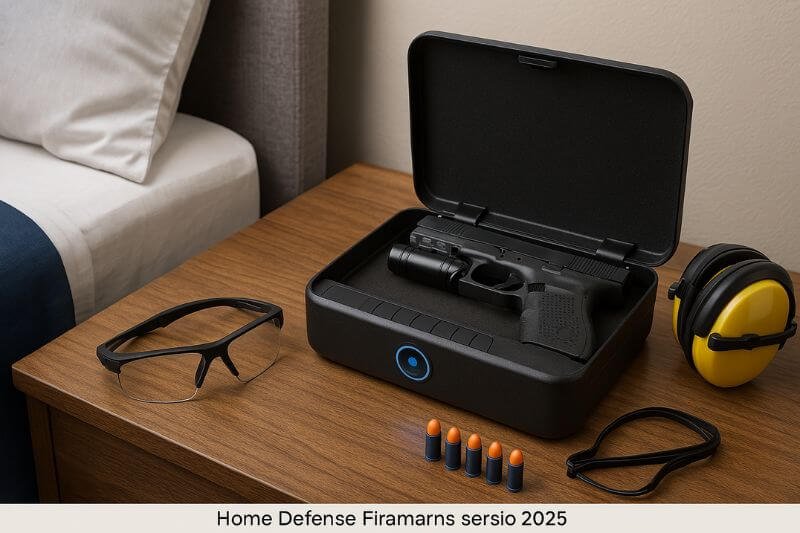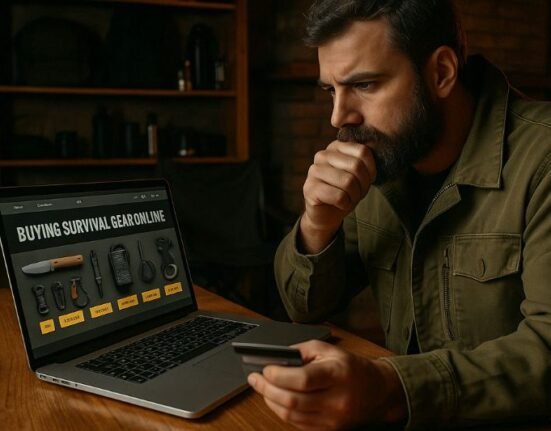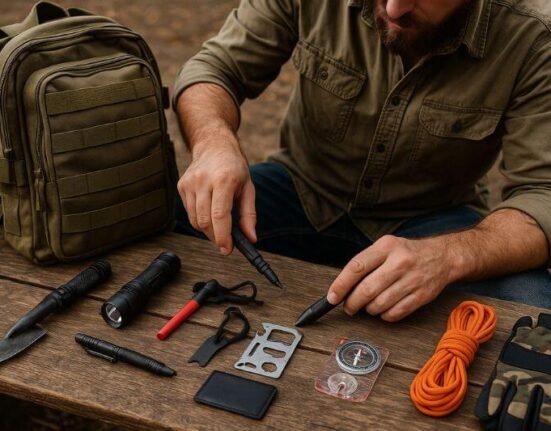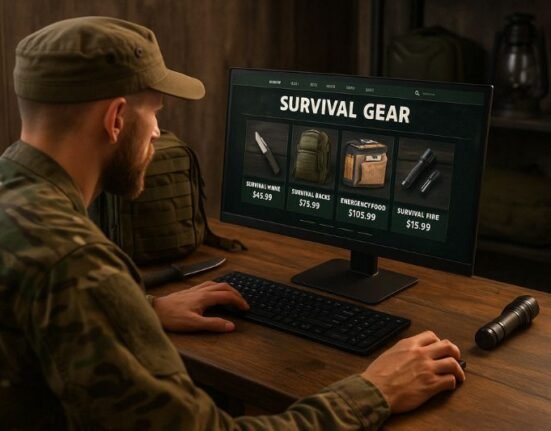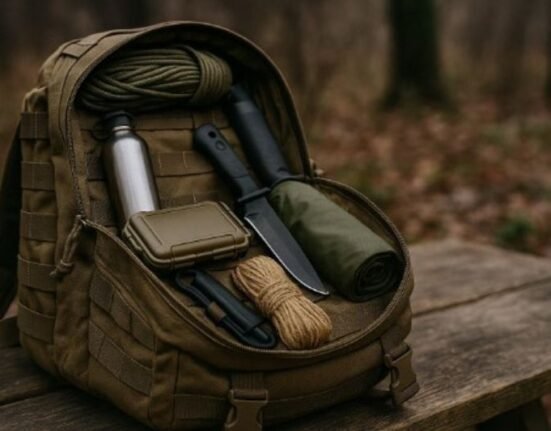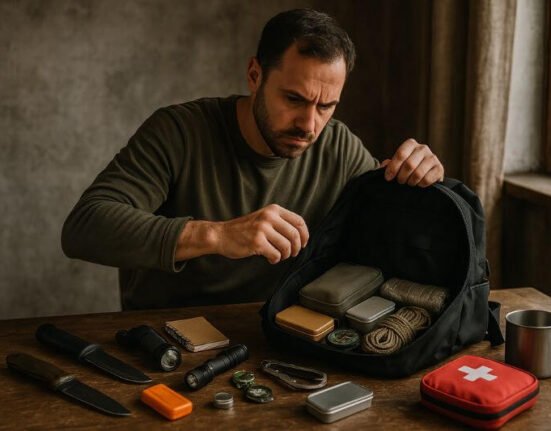In 2025, owning the right home defense firearms can mean the difference between safety and vulnerability. As civil unrest, delayed emergency responses, and rural isolation increase, many Americans are taking their security into their own hands—with caution, training, and the right tools.
But which firearm is best for home defense? It depends on your layout, lifestyle, laws, and level of experience. This guide breaks down the options with real-world logic—not Hollywood fiction.
🧠 PART 1: WHY FIREARMS STILL MATTER FOR HOME DEFENSE IN 2025
1. The Reality of Response Delays
When seconds count, help is often minutes—or hours—away. In many rural and suburban areas, law enforcement response times have stretched dramatically due to staffing shortages, disaster overloads, or civil disruptions.
📊 According to the Bureau of Justice Statistics (2024), the average police response to violent home intrusion now exceeds 16 minutes in rural zones.
In some urban areas overwhelmed by unrest, it’s not unusual for no one to show up at all.
This delay forces one question: Can you defend your home until help arrives—or if it never comes?
2. The Ethics and Responsibility of Armed Defense
Owning a firearm for home defense is a serious commitment. It’s not about fear—it’s about preparedness, restraint, and moral clarity.
Before choosing a weapon:
- Ask yourself: Am I prepared to use this under stress?
- Ensure every adult in the house knows where it is, how to access it, and what the rules are
- Invest time in training—not just shooting, but scenario thinking
“A firearm without training is like a fire extinguisher you’ve never practiced with—you might make things worse.”
— CivilFall Tactical Preparedness Handbook, 2025
3. What Makes a Good Home Defense Firearm?
Not all guns are ideal for home environments. Tight spaces, close ranges, noise, and wall penetration are all critical factors.
✅ Ideal Traits for Home Defense Firearms:
- Ease of handling in tight quarters
- Low recoil for faster follow-up shots
- Adequate stopping power at close range
- Reliable mechanics (no jams under stress)
- Manageable noise with or without ear protection
- Minimal risk of over-penetration through walls
📌 Many military-style rifles (AR-15s, AK variants) are powerful—but not always practical indoors unless you’re trained and understand their behavior.
| Firearm Type | Pros | Cons |
|---|---|---|
| Pump Shotgun | Easy to aim, intimidating, powerful | Heavy recoil, loud, risk of overpenetration |
| Handgun (9mm) | Compact, fast access, easy storage | Lower stopping power, harder to aim under stress |
| Carbine (.223) | Low recoil, accurate, high capacity | Louder, risk of wall penetration |
| Revolver (.38) | Simple, reliable, no safety to manage | Limited capacity, heavy trigger |
🏡 PART 2: CHOOSING THE RIGHT FIREARM FOR YOUR HOME, FAMILY, AND LOCATION
4. Match the Weapon to the Environment
The best home defense firearms depend largely on your living situation. A shotgun might be perfect on a rural property—but excessive in a cramped apartment. Let’s break it down:
🏢 Urban Apartment or Condo
- Recommended: Compact 9mm handgun or pistol-caliber carbine
- Why: Reduced recoil, smaller footprint, lower overpenetration risk
- Extras: Lighted sights or mounted flashlight essential for low light
🏘️ Suburban Family Home
- Recommended: Pump-action shotgun (20ga or 12ga with low recoil loads)
- Why: Broad stopping power, loud audible deterrent
- Extras: Sling, mounted light, ear protection at the ready
🌲 Rural or Off-Grid Property
- Recommended: Semi-auto carbine (.223/.300 BLK) or tactical shotgun
- Why: Greater standoff range, multiple intruders possible, law enforcement delays
- Extras: Red dot sight, backup magazine/side saddle
📌 Golden Rule: Choose what you can handle, store, and deploy quickly under pressure. Not what looks cool in a YouTube video.
5. Safety & Storage: No Excuses, No Shortcuts
Having a firearm in the home introduces a massive responsibility—especially with kids, elderly, or guests around. Safe storage must balance accessibility and control.
🔐 Responsible Storage Options:
| Solution | Pros | Cons |
|---|---|---|
| Biometric pistol safe | Fast access, discreet, programmable | Needs battery backup |
| Hidden furniture storage | Disguised, useful for secondary weapon | Must ensure childproofing |
| Shotgun wall mount (locked) | Visible deterrent, quick grab | Not ideal for all households |
| Gun cabinet or vault | Best for multiple firearms, ammo storage | Slower access time |
💡 Tip: Practice retrieving and opening your safe in the dark, under time stress.
“Secure storage doesn’t mean slow access. It means intentional access.”
— National Firearm Responsibility Council, 2024
6. Legal Considerations: Know Before You Defend
You don’t just need the right weapon—you need the right to use it.
⚖️ Key Legal Concepts:
- Castle Doctrine: Allows defense inside your home in many U.S. states
- Stand Your Ground: Permits self-defense without retreat (state-specific)
- Duty to Retreat: Requires attempting to leave before using force (some states)
- Storage Laws: Many states now require safe storage with minors present
- Use of Lethal Force: Must be proportional to the threat
📚 For U.S. gun owners, consult:
USCCA Reciprocity Map
💡 If in doubt, contact a local self-defense attorney before a crisis happens. Know what’s legal before you act.
🎯 PART 3: GEAR UP, TRAIN SMART & STAY READY
7. Recommended Accessories for Safe and Effective Use
Even the best home defense firearms are only as useful as how you carry, access, and aim them. The right accessories can enhance your control, speed, and confidence.
🔧 Top Add-Ons to Consider:
- Weapon-mounted light: Identify targets in low light
- Sling (for long guns): Keeps firearm secure and hands-free
- Red dot optic: Improves aim speed under stress
- Low-recoil or frangible ammo: Reduces overpenetration indoors
- Trigger lock (when not in use): Extra layer of safety
📌 Avoid unnecessary mods: Muzzle brakes, lasers, or extended mags may complicate handling in close quarters.
8. Train Like It’s Real — Because It Might Be
Owning a firearm is not enough. Under adrenaline, you’ll only perform at the level of your lowest rehearsed skill.
🧠 Minimum Training Every Owner Should Do:
- 🟢 Basic marksmanship (grip, stance, trigger control)
- 🟢 Fire from retention (close quarters)
- 🟢 Reload under stress
- 🟢 Clearing malfunctions
- 🟢 Moving with firearm indoors
- 🟢 Simulated “bump in the night” drills
“In home defense, speed and accuracy are the difference between control and chaos.”
— CivilFall Firearm Instructor Network, 2025
💡 Practice with your actual storage setup. Can you access, load, and aim safely in 15 seconds?
9. Final Home Defense Firearms Checklist
✅ Before You Consider Your Setup Complete:
- 🔲 Firearm is legal in your state and registered if required
- 🔲 You’ve trained under stress—not just at the range
- 🔲 Ammunition selected for indoor safety
- 🔲 Safe, fast-access storage installed
- 🔲 Family members know safety rules and protocols
- 🔲 Legal advice sought if in a restricted or contested area
🧠 Remember: the weapon is just one layer in your overall home security system. Don’t rely on it alone.
🔚 CONCLUSION: THE RIGHT FIREARM PROTECTS MORE THAN PROPERTY
Choosing the right home defense firearm in 2025 isn’t about being paranoid—it’s about being responsible. In a crisis, no tool gives you more direct control over your fate—but only if you’ve trained for it.
A firearm without knowledge is a liability. But with practice, preparation, and proper storage, it becomes what it should be: a last line of defense for those you love most.
🎯 Take action: Evaluate your needs, assess your space, and commit to learning. The weapon isn’t the end goal—security and peace of mind are.
❓ FAQ – Home Defense Firearms in 2025
Q: What’s the safest firearm for home defense with kids at home?
A: A securely stored 9mm handgun in a biometric safe is ideal. Pair it with training and clear family safety rules.
Q: Should I use hollow points or full metal jacket ammo?
A: Hollow points are generally preferred—they expand on impact, reducing the risk of overpenetration into other rooms.
Q: How often should I train?
A: At minimum, dry fire weekly and do live fire monthly. Practice movement, reloads, and indoor scenarios regularly.
Q: Are silencers or suppressors legal?
A: In some states, yes—with paperwork. They reduce noise but may carry legal burdens. Check your local laws carefully.









